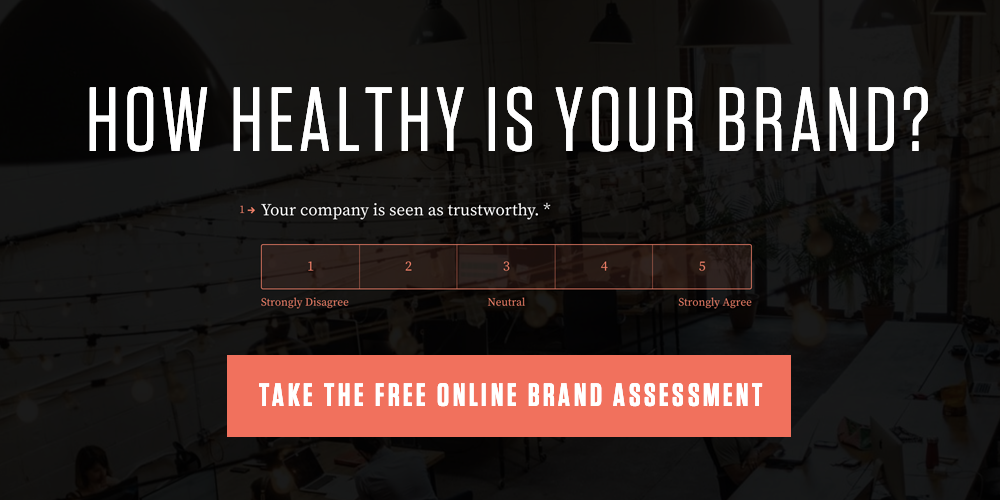The key to a successful marketing strategy is to cover all of your bases. Then you’ll be able to slam dunk your way into the goal post. (Warning: The writer of this article might have a questionable grasp on the game of baseball.) You might be so caught up in managing and analyzing your own metrics that it's never occurred to you to analyze the metrics of your competitors.
However, if you're struggling to get ahead in the market, a competitive audit might be just what you need to solidify your position as a leading brand. A competitive audit can serve three really useful, beneficial, and advantageous purposes:
- It gives you new ideas. You want to stay relevant in your industry, and looking at what your competition does successfully is a great way to brainstorm new strategies or products that you could start offering. After all, what's working for your competition may work for you too. Always think about how to make it your own though, which brings us to the second point.
- It shows you how you stand out in the market. By comparing your business to the competition, you can assess where you stand as a brand and what makes you unique. This is called your Unique Selling Position, or USP. Your USP helps you to better market to your buyer personas because knowing what sets you apart will allow you to be able to strategically position yourself in the market and exemplify your strengths.
- It puts you in the position of your buyer. Like any informed consumer, your buyer personas are most likely comparing options while in the decision stage of their buyer journey. Completing a competitive audit will give you the opportunity to compare and contrast the different options in the eyes of your consumer. Once you know what the market looks like from your consumer's perspective, you can better shape your content to convince your buyer persona's that your product is the best choice out there.
CONDUCTING A COMPETITIVE AUDIT
There are a lot of ways to complete the research component of a competitive audit. We recommend researching your competition the same way your buyer persona is researching them.
Google some keywords that you think a buyer persona would use to research their particular problem, and see what comes up. The websites of your competitors will tell you a lot! Then google “pugs in costumes”. Just trust us. Once you see which competitors appear in the search results, you can use software like MOZBar (which is super fun to say) to analyze exactly how much page authority and domain authority each competitor has. This will help you understand which companies are ruling the SEO market and how.
In the course of your audit, record information on the really successful competitors who inspire you. Take note of the language they use on their website, the products they offer, and special features that are working for them. Take screenshots of their website home page and a couple of sub pages. What colors, fonts, and images are they using to tell their story? What is their main message? Is it effective from a branding and design standpoint? Do they have that fancy bottled water in their offices? We tend to grade a website on five different things:
- How clear is the CTA (Call-to-action)?
- How clearly do they differentiate themselves from the other competitors?
- How clear and effective is the messaging they are using?
- How easy is it to navigate the website and find what I need?
- How is the overall user experience?
Think of it as the 5 H’s of website grading. Or H to the 5th Power, which sounds much cooler. At the same time, take note of any competitors who seem to be struggling. Record who has ineffective branding or who comes up last in the search engine. Looking at both the good, the bad, and the companies that still use Comic Sans as a font will give you a nice view of the entire marketplace. You also might be able to target the mistakes these struggling companies are making and make sure you avoid making the same ones.
CLOSING PART
Once you record and combine your research into a comprehensive document, you should be able to use competitive analysis to help brainstorm new ideas for your company, to better assess what your company could be doing better, and to figure out what makes your company special. Remember, you do not need to offer every single product that your competitor's offer.
You just need to know what sets you apart, and capitalize on it. Voila! Behold the beauty of a competitive audit. Now assemble your materials, fix yourself a breakfast burrito for motivation, and get to it!
–––––
How healthy is your brand? Take this free 20-question survey to find out.


